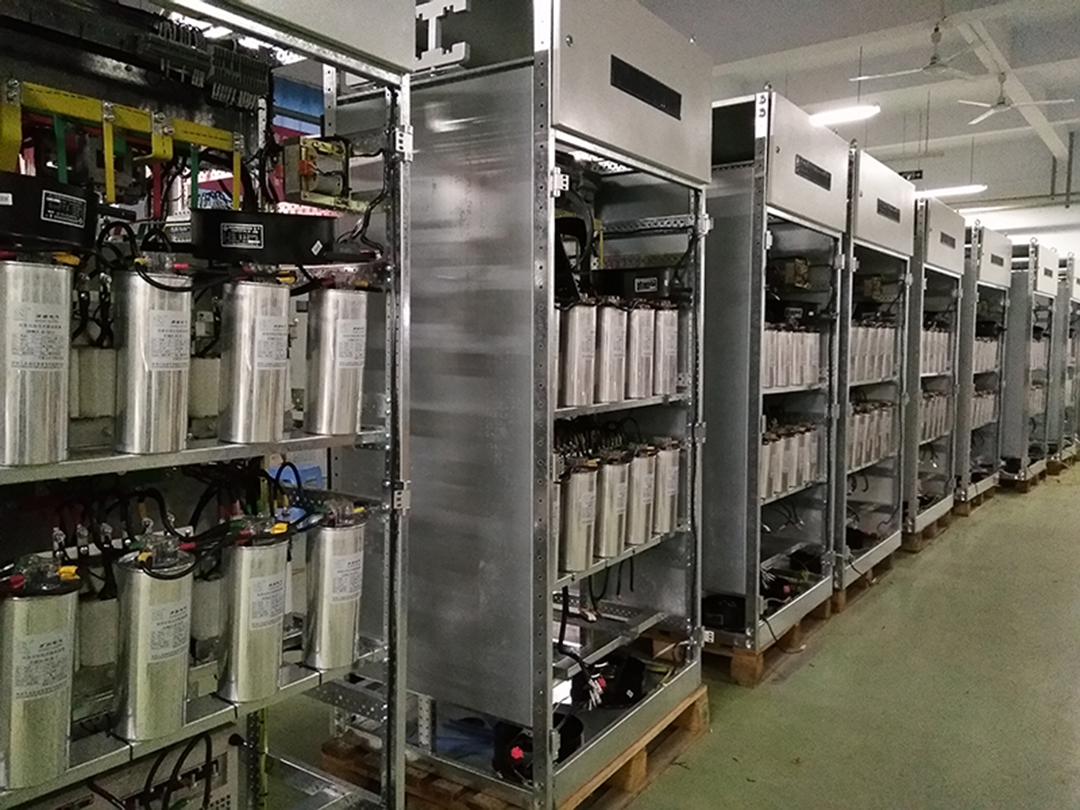Automatic Power Factor Correction APFC Panel Guide
APFC Panel (or Automatic Power Factor Correction Panel) is a key component in modern electrical systems. It helps maintain efficient electricity usage and reduces energy costs by improving the power factor.
What is Power Factor and Why It Matters?
Power factor is a measure of how efficiently a system uses electricity. It is the ratio of real power, measured in kilowatts (kw), to apparent power, measured in kilovolt-amperes (kVA). The closer the power factor is to 1 (or 100%), the more efficiently the electricity is being used.
A low power factor indicates poor power utilization, leading to increased energy costs and possible penalties from utility companies. This inefficiency occurs primarily because inductive loads, such as motors, transformers, and fluorescent lights, cause current to lag behind voltage.
What APFC does?
The APFC panel is designed to automatically improve the power factor of an electrical system. It does this by adding a capacitive load to counteract the inductive effect of the system load.

How APFC Works?
Monitoring
The APFC panel continuously monitors the power factor of the electrical system using sensors and microprocessors. These devices measure the phase difference between voltage and current to determine the power factor in real time.
Analysis
Based on the data collected, the APFC panel analyzes the system’s power factor. When it detects that the power factor has dropped below a predetermined threshold, it determines how much reactive power (measured in kVAR) needs to be added to the system to correct it.
Activation
The APFC panel then activates the necessary capacitor banks, introducing the required reactive power. These capacitors provide leading current, which counteracts the lagging current caused by inductive loads, thereby improving the power factor.
Adjustment
The system continuously adjusts the number of capacitors in operation based on real-time measurements. This dynamic adjustment ensures that the power factor remains close to 1, optimizing system efficiency and reducing energy costs.

Composition of APFC Panel
APFC panel consists of several key components that work together to achieve automatic power factor correction
Capacitor Banks
These capacitor banks can be switched on or off to provide the necessary reactive power to the system. The capacitors are usually rated at KVAR and are designed to operate under high voltage conditions.
Controllers
Controllers are the brains of the APFC panel. They monitor the power factor, analyze the data, and control the switching of the capacitor banks. Modern controllers use microprocessors and advanced algorithms to provide precise control.
Switching Devices (Thyristor Switches)
These devices (such as contactors or thyristors) are used to connect or disconnect the capacitor banks to the electrical system. They must be able to handle the high inrush currents associated with capacitor switching.
Sensors
Current and voltage sensors are used to measure the electrical parameters of the system. These measurements are essential for the controller to accurately decide when to switch the capacitor banks.
Protective Devices
APFC panels include various protective devices such as fuses, circuit breakers, and surge protectors to ensure the safety and reliability of the system. These devices protect the panel and connected equipment from faults and overvoltages.



